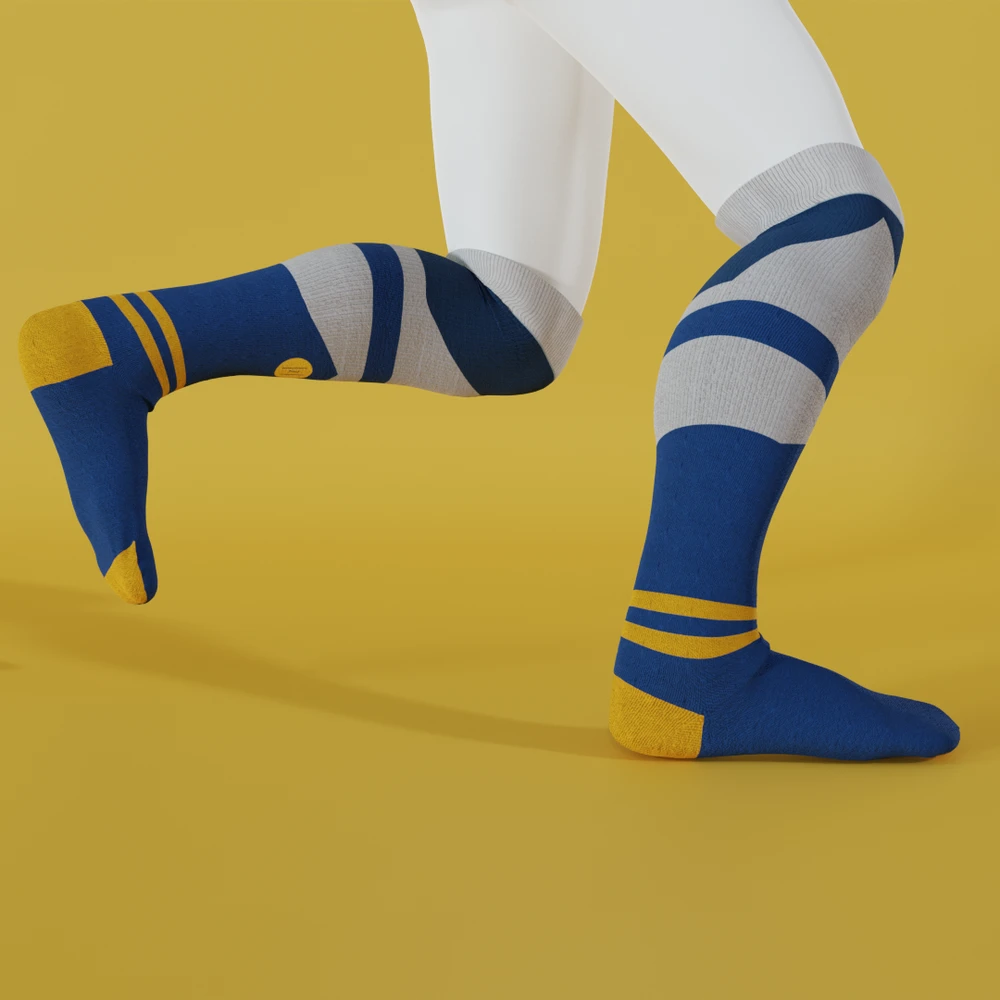VStitcher & Substance 3D Workshop: Redefining 3D Asset Creation
This workshop explore the integration of Substance 3D Designer and Substance 3D Sampler, offering an exploration of workflows for apparel designers.
September 9, 2021

VStitcher, as a 3D clothing design software, allows you not only to design basic garments such as shirts, pants, and dresses but also to create accessories that will enhance the entire look of your garments, such as hats, belts, and even socks. This video will help you to use VStitcher as a fashion design tool to create a complete 3D look.
This video tutorial will take you through how to create, materialize, and design a pair of socks in 3D clothing design software, VStitcher. This is a great way to give your avatar a complete look from head to toe, as well as learn how to create the appearance of a seamless garment through a range of different features and functions.
We’ll also provide valuable tips and tricks so you can enjoy a quick and easy socks creation workflow.
We will be demonstrating in this video how to:
We want to use the 3D measurement tool and add some dimensions on the avatar so we can use them as guidelines and match them with the internal lines on the socks when we dress them. Some 3D measurements that would be best to have on the avatar:
Next, we want to add some internal lines & save them as rulers on the patterns. These internal lines and rulers can be helpful as the 3D Guide marks when we dress the socks on the avatar and if we need to check the spec measurements later.
We can ensure that ‘Always Shown’ is checked so that the measurements will still show on the avatar when we dress the socks.
Socks are generally seamless. Since we cannot create seamless garments in VStitcher, we must ensure that the patterns are split into different parts like this.
Taking into consideration that the sock pattern will need to be split into three different parts:
To create a seamless faux effect, one must change the stitch construction for all the edges stitched to a Flat seam. We also want to remove the thickness of all the fabrics so that we would not see any indentation when the garment transitions from one section to another.
Once you have done that, you can see that the seams are no longer visible, and the sock comprises one seamless pattern.
When arranging socks, one can play around with the clusters and cluster wrap types available to achieve the most optimal prepared position for all the sock patterns.
TIP: you do not have to put the patterns into the foot cluster, as it has lesser wrap types that would work for this pattern. So instead, use the leg cluster and maneuverer the pattern to the position you need. One will need to experiment with this when arranging different types of socks.
For more information check out our Help Center or if you have any questions reach out to us at support@browzwear.com.
Resources PageThis workshop explore the integration of Substance 3D Designer and Substance 3D Sampler, offering an exploration of workflows for apparel designers.
Discover 1930s sleeve design with Browzwear's 3D fashion tools. Learn vintage-inspired techniques in our Garden Party digital workshop.
Browzwear’s Dorelle McPherson guided IACDE 3D Summit participants on building design briefs and streamlining workflows.